My new 7mm rem mag proof research. Was looking at Christiansen arms but i got offered this for the same price. First hunt it scored a stag. Shoots great with factory sako ammo. Nice and lite. Action really smooth. Trigger is crisp.
Welcome guest, is this your first visit? Create Account now to join.
Welcome to the NZ Hunting and Shooting Forums.
Search Forums
User Tag List
+ Reply to Thread
Results 8,191 to 8,205 of 9175
Thread: Gun Porn, show off your new toys
-
16-05-2021, 05:11 PM #8191Member

- Join Date
- Mar 2020
- Location
- Canterbury
- Posts
- 47
-
-
16-05-2021, 06:39 PM #8192
Called into see my bud Ben @ GunCity in the Tron on Friday, came home with this
Ruger Custom shop competition 10-22, It may look odd, but fuk me it's the best fitting rimfire I've ever handled, has a decent long LOP for a start, mounted a 3- 15 firedot VX5 can't wait to shoot it & will post up a range report - review when done
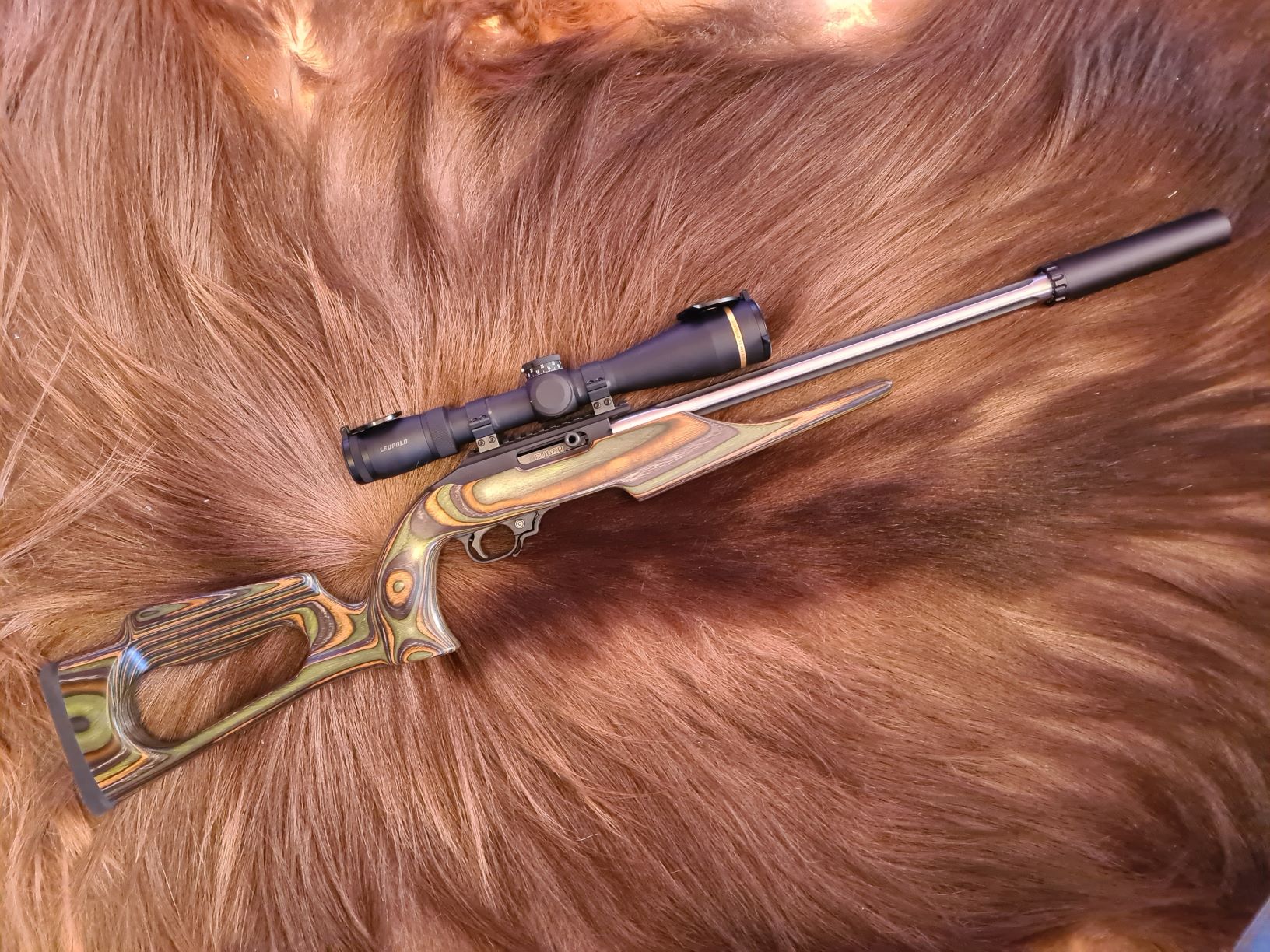 Shoot it, root it & then BBQ it !!!
Shoot it, root it & then BBQ it !!!
-
16-05-2021, 06:44 PM #8193OPCz

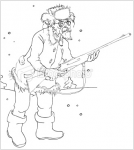
- Join Date
- Jun 2012
- Location
- Nor West of Auckland on the true right of the Kaipara River
- Posts
- 34,655
It takes 43 muscle's to frown and 17 to smile, but only 3 for proper trigger pull.
What more do we need? If we are above ground and breathing the rest is up to us!
Rule 1: Treat every firearm as loaded
Rule 2: Always point firearms in a safe direction
Rule 3: Load a firearm only when ready to fire
Rule 4: Identify your target beyond all doubt
Rule 5: Check your firing zone
Rule 6: Store firearms and ammunition safely
Rule 7: Avoid alcohol and drugs when handling firearms
-
16-05-2021, 06:48 PM #8194
An Israeli Mauser, made by Steyr.... wow, that sounds like a story. especiall when in 1943, there were still concentration camps and Isreal did not become a nation until 1948.... I just had to look it up.
Most gun related sites are blocked here at work however this from Wiki...
Israeli Mauser
This section needs additional citations for verification. Please help improve this article by adding citations to reliable sources. Unsourced material may be challenged and removed. (February 2020) (Learn how and when to remove this template message)
Israeli soldiers training with the Karabiner 98k in 1954.
Israeli Mauser Karabiner 98k (7.62×51mm NATO)
A number of non-European nations used the Mauser Karabiner 98k rifle as well as a few guerrilla organizations in conflicts to establish new nation-states. Israel issued Mauser Karabiner 98k rifles from the late 1940s until the 1970s, which are today sought after by collectors. Many were acquired under Operation Balak.[53]
Many Jewish organizations in Palestine acquired them from post–World War II Europe to protect various Jewish settlements from Arab attack as well as to carry out guerrilla operations against British Army forces in Palestine.
The Haganah, which later evolved into the modern-day Israel Defense Forces, was one of the Jewish armed groups in Palestine that brought large numbers of Mauser Karabiner 98k rifles and other surplus arms (namely the British Lee–Enfield bolt-action rifle, which was used on a large scale by these groups) and the Mosin–Nagant from Europe after World War II. Many, though not all, Israeli-used German surplus Mauser Karabiner 98k rifles have had their Nazi Waffenamt markings and emblems stamped over with Israel Defense Forces (IDF) and Hebrew arsenal markings.
As the Arab-Israeli conflict approached, the Haganah and other Jewish forces in Palestine tried to get hold of as many weapons as they could in the face of an arms embargo by British colonial authorities. One of the most important purchases was a secret January 14, 1948, $12,280,000 worth contract with Czechoslovak Government including 4,500 P-18 rifles, as well as 50,400,000 rounds of ammunition. Later, the newly established Israel Defense Forces ordered more Mauser Karabiner 98k rifles, produced this time by Fabrique Nationale.[46] These have Israeli and Belgian markings on the rifle as well as the emblem of the IDF on the top of the rifle's receiver. The FN-made Karabiner 98k rifles with the IDF markings and emblem on the rifle were produced and sold to Israel after it established itself as an independent nation in 1948. At some point, Israel converted all other Mauser 98-pattern rifles in their inventory (most commonly Czechoslovak vz. 24 rifles, but small numbers of contract Mausers from sources ranging from Ethiopia to Mexico were also known to have come into Israeli hands) to the now standardized Karabiner 98k configuration. The original receiver markings of these conversions were not altered, making it easy for collectors to identify their origin. The Israeli Karabiner 98k utilized the same bayonet design as in German service, with a barrel ring added.[citation needed] Swedish Gevär m/40 rifles were converted to the 7.92 Mauser round.[54] The Israeli bayonets were a mix of converted German production and domestically produced examples.
During the late 1950s, the IDF converted the calibre of their Mauser Karabiner 98k rifles from the original German 7.92×57mm Mauser round to 7.62×51mm NATO following the adoption of the FN FAL rifle as their primary rifle in 1958.[55] The Israeli Mauser Karabiner 98k rifles that were converted have "7.62" engraved on the rifle receiver. Rifles with original German stocks have "7.62" burned into the heel of the rifle stock for identification and to separate the 7.62 NATO rifles from the original 7.92 mm versions of the weapon still in service or held in reserve. Some Karabiner 98k rifles were fitted with new, unnumbered beech stocks of recent manufacture, while others retained their original furniture. All of these converted rifles were proof-fired for service. The IDF employed a 22 mm rifle grenade adapter for the Mauser K98k rifle.[56]
The Karabiner 98k rifle was used by the reserve branches of the IDF well into the 1960s and 1970s and saw action in the hands of various support and line-of-communications troops during the 1967 Six-Day War and the 1973 Arab-Israeli War.[55] After the rifle was retired from reserve military service, the Israeli Mauser Karabiner 98k was given to a number of third-world nations as military aid by Israel during the 1970s and 1980s, and sold as ex-military surplus on the open market, with many Israeli Mausers being exported to Australia (the Israeli Mauser is the most predominant variant of the Mauser Kar98k rifle on the Australian surplus firearms market today) and North America during the 1970s and 1980s. The Israeli Mausers provided to third world armies began to be exported for civilian sale, and tend to be in significantly worse condition than those sold directly out of Israeli storage.
-
16-05-2021, 06:49 PM #8195
An Israeli Mauser, made by Steyr.... wow, that sounds like a story. especiall when in 1943, there were still concentration camps and Isreal did not become a nation until 1948.... I just had to look it up.
Most gun related sites are blocked here at work however this from Wiki...
Israeli Mauser
This section needs additional citations for verification. Please help improve this article by adding citations to reliable sources. Unsourced material may be challenged and removed. (February 2020) (Learn how and when to remove this template message)
Israeli soldiers training with the Karabiner 98k in 1954.
Israeli Mauser Karabiner 98k (7.62×51mm NATO)
A number of non-European nations used the Mauser Karabiner 98k rifle as well as a few guerrilla organizations in conflicts to establish new nation-states. Israel issued Mauser Karabiner 98k rifles from the late 1940s until the 1970s, which are today sought after by collectors. Many were acquired under Operation Balak.[53]
Many Jewish organizations in Palestine acquired them from post–World War II Europe to protect various Jewish settlements from Arab attack as well as to carry out guerrilla operations against British Army forces in Palestine.
The Haganah, which later evolved into the modern-day Israel Defense Forces, was one of the Jewish armed groups in Palestine that brought large numbers of Mauser Karabiner 98k rifles and other surplus arms (namely the British Lee–Enfield bolt-action rifle, which was used on a large scale by these groups) and the Mosin–Nagant from Europe after World War II. Many, though not all, Israeli-used German surplus Mauser Karabiner 98k rifles have had their Nazi Waffenamt markings and emblems stamped over with Israel Defense Forces (IDF) and Hebrew arsenal markings.
As the Arab-Israeli conflict approached, the Haganah and other Jewish forces in Palestine tried to get hold of as many weapons as they could in the face of an arms embargo by British colonial authorities. One of the most important purchases was a secret January 14, 1948, $12,280,000 worth contract with Czechoslovak Government including 4,500 P-18 rifles, as well as 50,400,000 rounds of ammunition. Later, the newly established Israel Defense Forces ordered more Mauser Karabiner 98k rifles, produced this time by Fabrique Nationale.[46] These have Israeli and Belgian markings on the rifle as well as the emblem of the IDF on the top of the rifle's receiver. The FN-made Karabiner 98k rifles with the IDF markings and emblem on the rifle were produced and sold to Israel after it established itself as an independent nation in 1948. At some point, Israel converted all other Mauser 98-pattern rifles in their inventory (most commonly Czechoslovak vz. 24 rifles, but small numbers of contract Mausers from sources ranging from Ethiopia to Mexico were also known to have come into Israeli hands) to the now standardized Karabiner 98k configuration. The original receiver markings of these conversions were not altered, making it easy for collectors to identify their origin. The Israeli Karabiner 98k utilized the same bayonet design as in German service, with a barrel ring added.[citation needed] Swedish Gevär m/40 rifles were converted to the 7.92 Mauser round.[54] The Israeli bayonets were a mix of converted German production and domestically produced examples.
During the late 1950s, the IDF converted the calibre of their Mauser Karabiner 98k rifles from the original German 7.92×57mm Mauser round to 7.62×51mm NATO following the adoption of the FN FAL rifle as their primary rifle in 1958.[55] The Israeli Mauser Karabiner 98k rifles that were converted have "7.62" engraved on the rifle receiver. Rifles with original German stocks have "7.62" burned into the heel of the rifle stock for identification and to separate the 7.62 NATO rifles from the original 7.92 mm versions of the weapon still in service or held in reserve. Some Karabiner 98k rifles were fitted with new, unnumbered beech stocks of recent manufacture, while others retained their original furniture. All of these converted rifles were proof-fired for service. The IDF employed a 22 mm rifle grenade adapter for the Mauser K98k rifle.[56]
The Karabiner 98k rifle was used by the reserve branches of the IDF well into the 1960s and 1970s and saw action in the hands of various support and line-of-communications troops during the 1967 Six-Day War and the 1973 Arab-Israeli War.[55] After the rifle was retired from reserve military service, the Israeli Mauser Karabiner 98k was given to a number of third-world nations as military aid by Israel during the 1970s and 1980s, and sold as ex-military surplus on the open market, with many Israeli Mausers being exported to Australia (the Israeli Mauser is the most predominant variant of the Mauser Kar98k rifle on the Australian surplus firearms market today) and North America during the 1970s and 1980s. The Israeli Mausers provided to third world armies began to be exported for civilian sale, and tend to be in significantly worse condition than those sold directly out of Israeli storage.
-
18-05-2021, 10:47 PM #8196
-
20-05-2021, 01:43 PM #8197Member

- Join Date
- Dec 2011
- Location
- Southern Alps
- Posts
- 4,937
Thanks to insurance i have my replacemnet.Tika T3x,308,18"barrel,Minox ZX5 2-10x45 H4 and Contessa TAC 30mm rings.Has a nice balance and light enough.Nice glass,fine retical and FOV.Out to the range sometime soon.Big thanks to Gunworks.
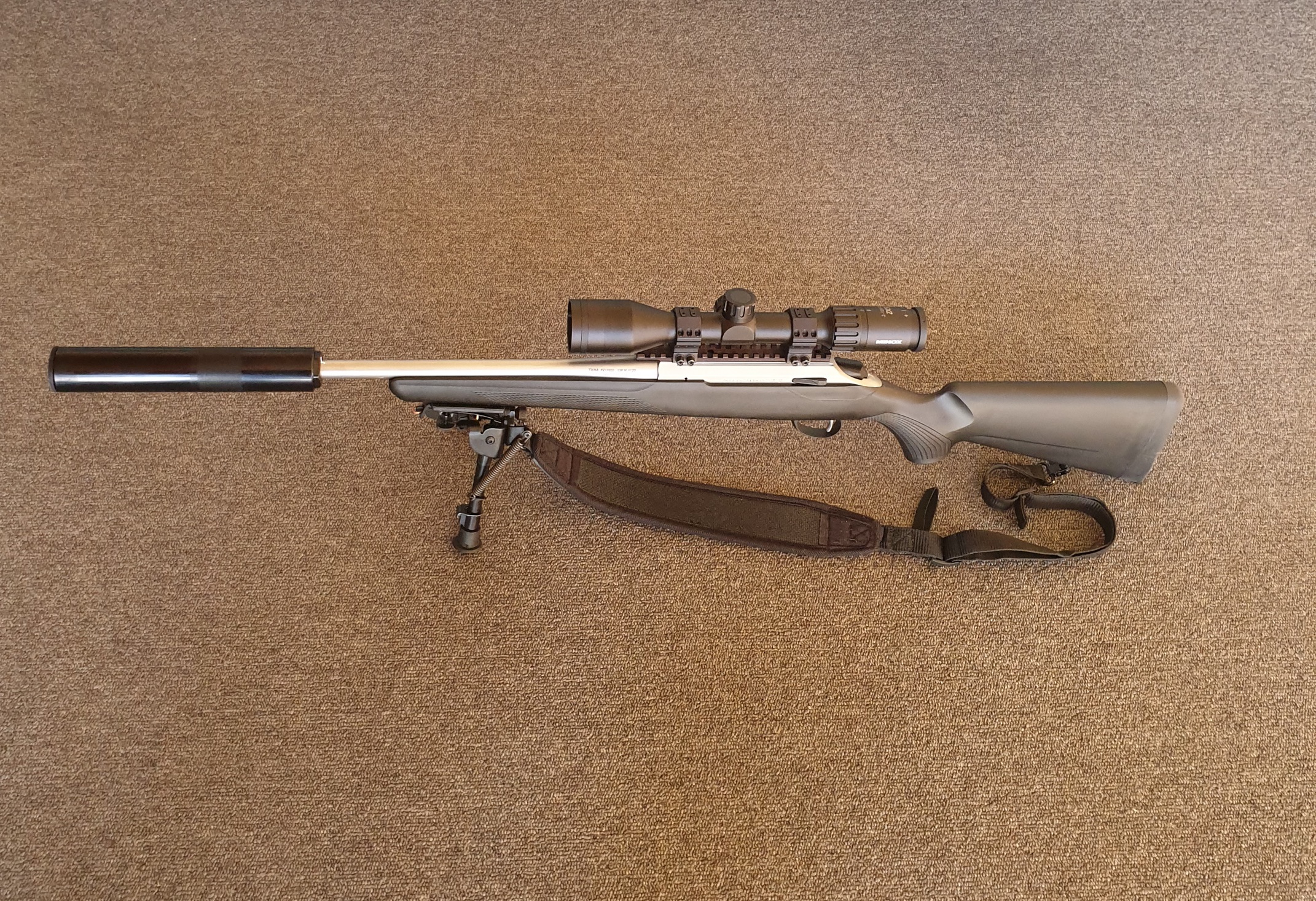
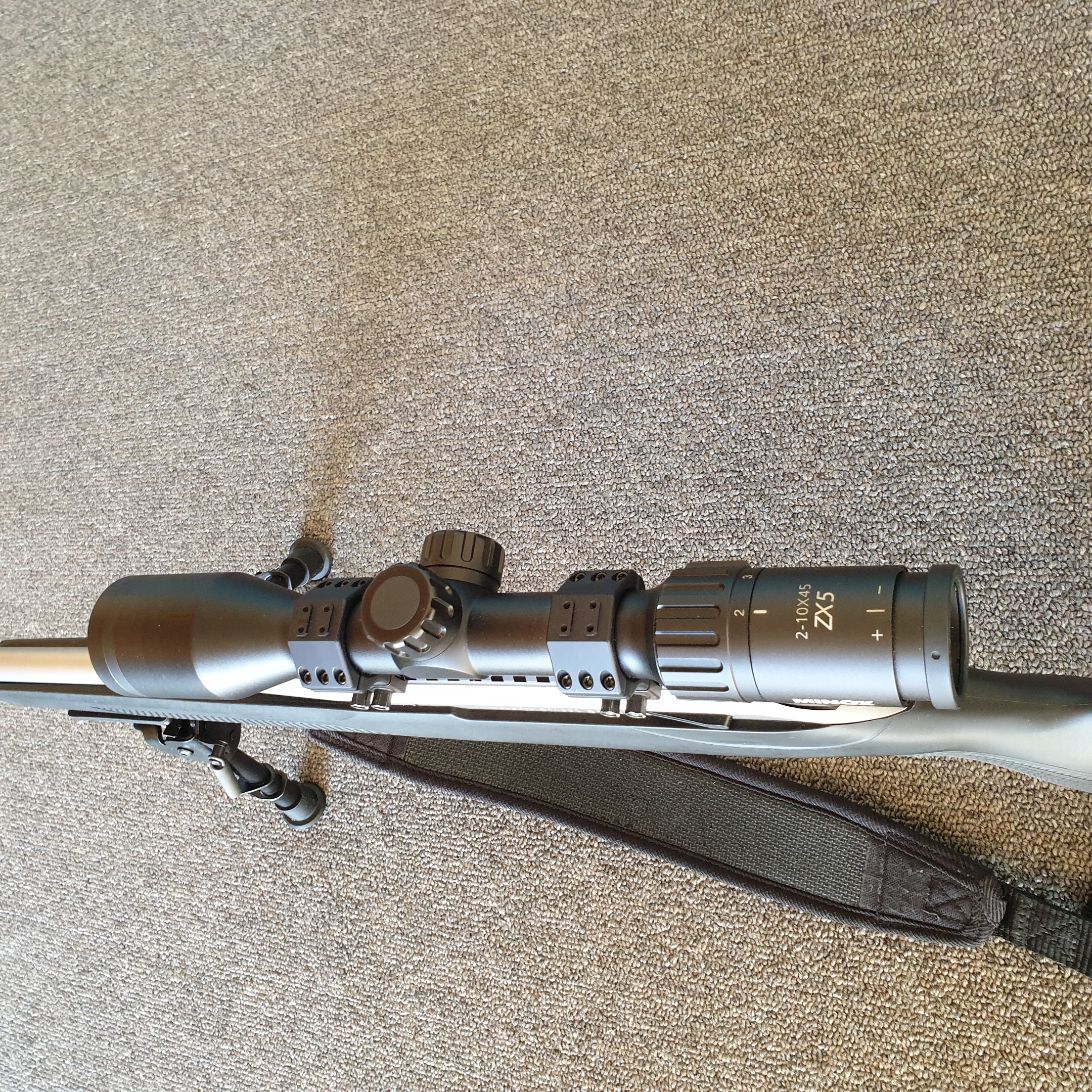
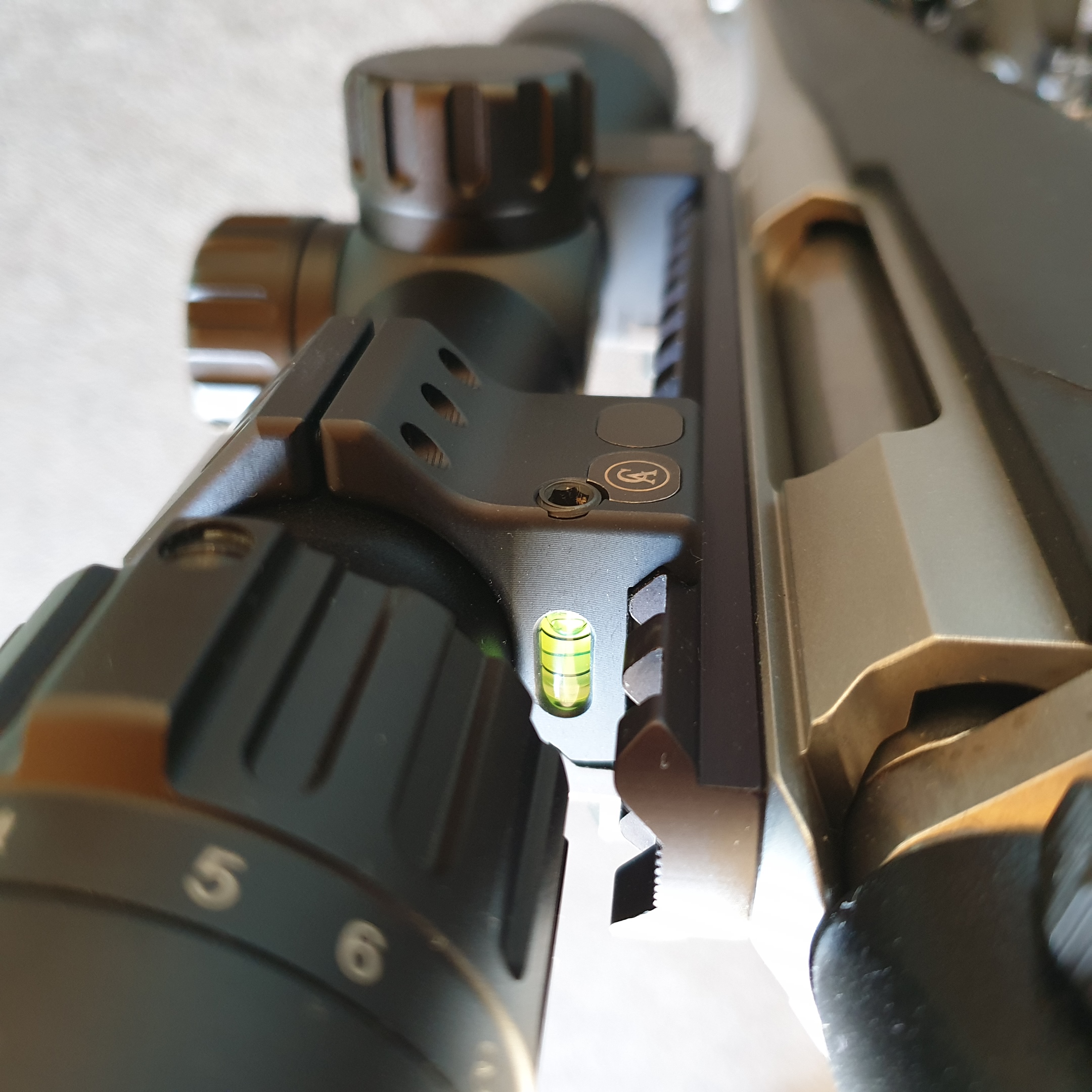
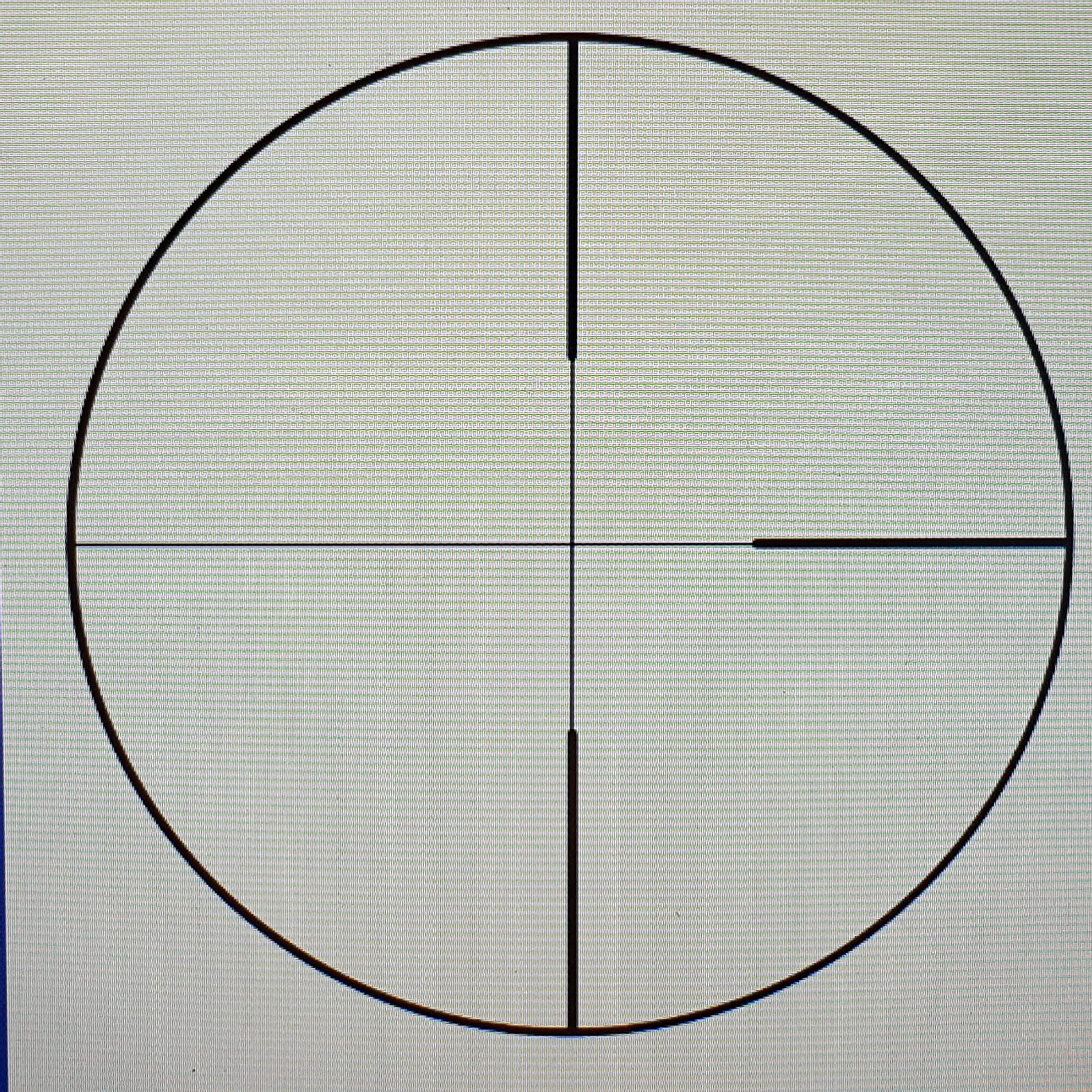
-
20-05-2021, 02:20 PM #8198Member

- Join Date
- Dec 2011
- Location
- NI
- Posts
- 13,433
-
20-05-2021, 03:10 PM #8199Member

- Join Date
- Oct 2019
- Location
- Queenstown
- Posts
- 348
Not my 'new toy', but definitely my favourite!! Anschutz 1771 .223 with a Kahles 3-9x42 scope. Check out the 100m groups with the Sako ammo!!
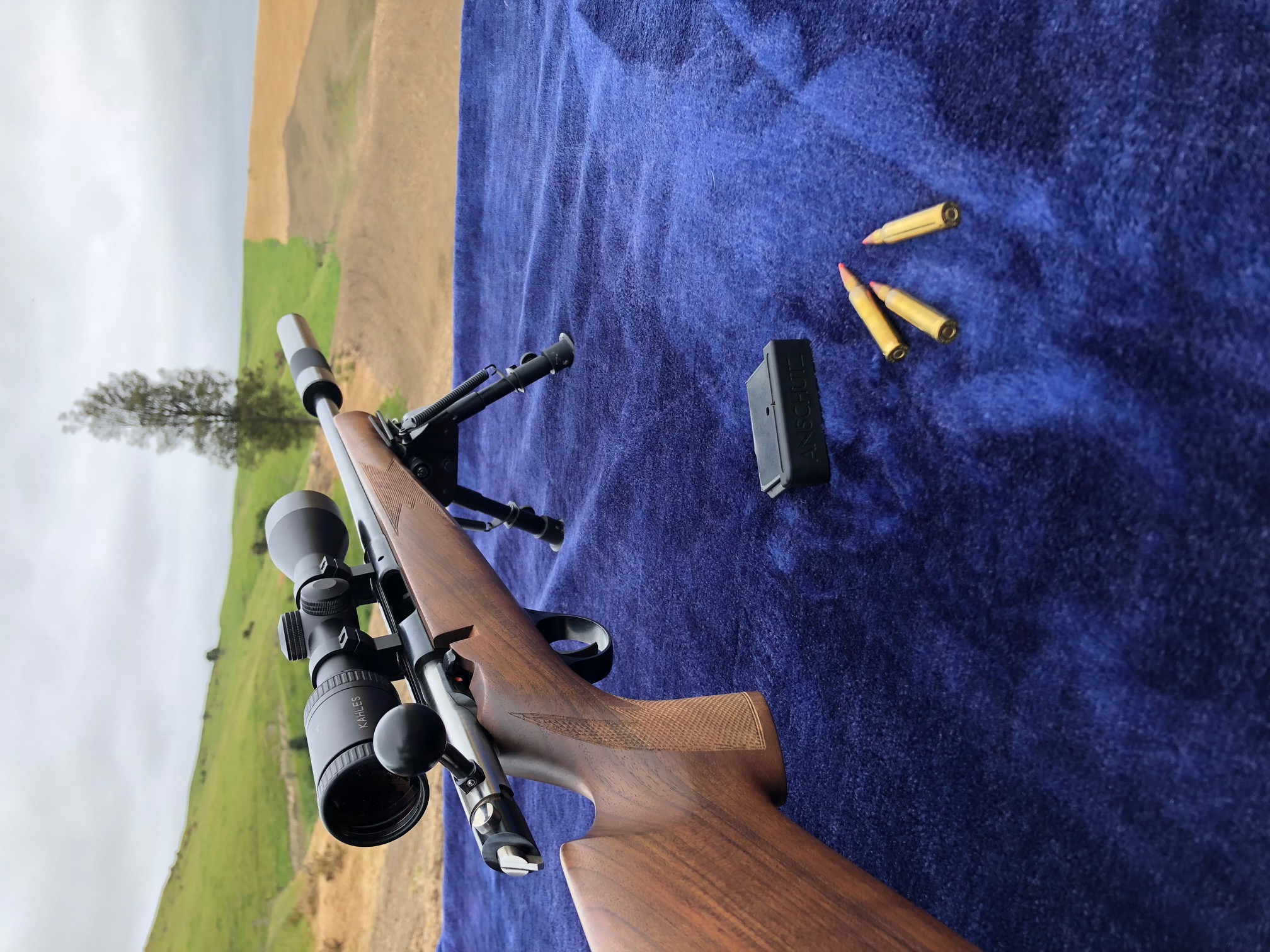
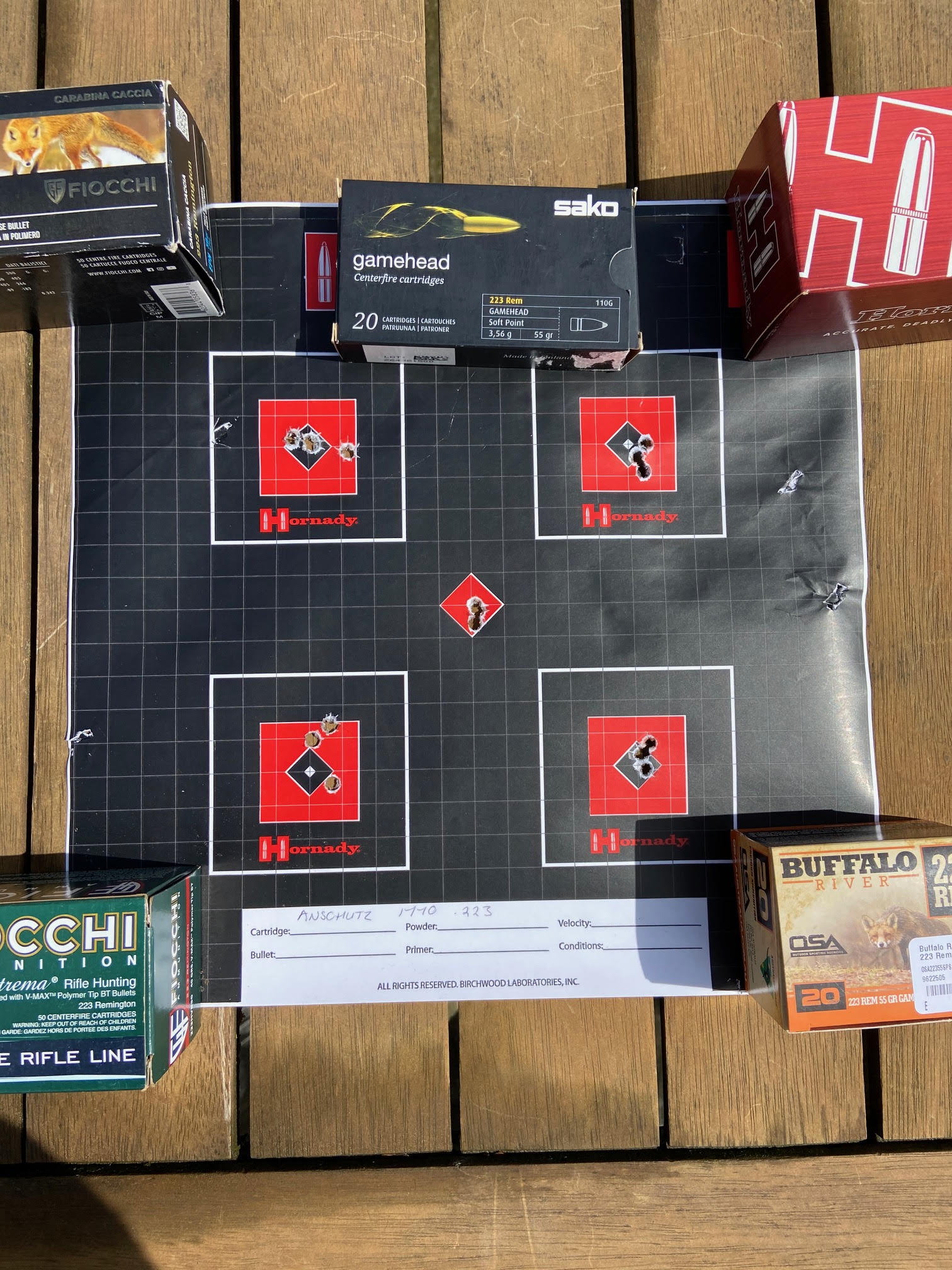
-
20-05-2021, 03:48 PM #8200Member

- Join Date
- Jul 2020
- Location
- Kiwi Land
- Posts
- 35
This thread has some damn good viewing
-
20-05-2021, 06:17 PM #8201northdudeGuest
-
28-05-2021, 01:02 AM #8202Member

- Join Date
- Nov 2020
- Location
- Earth
- Posts
- 40
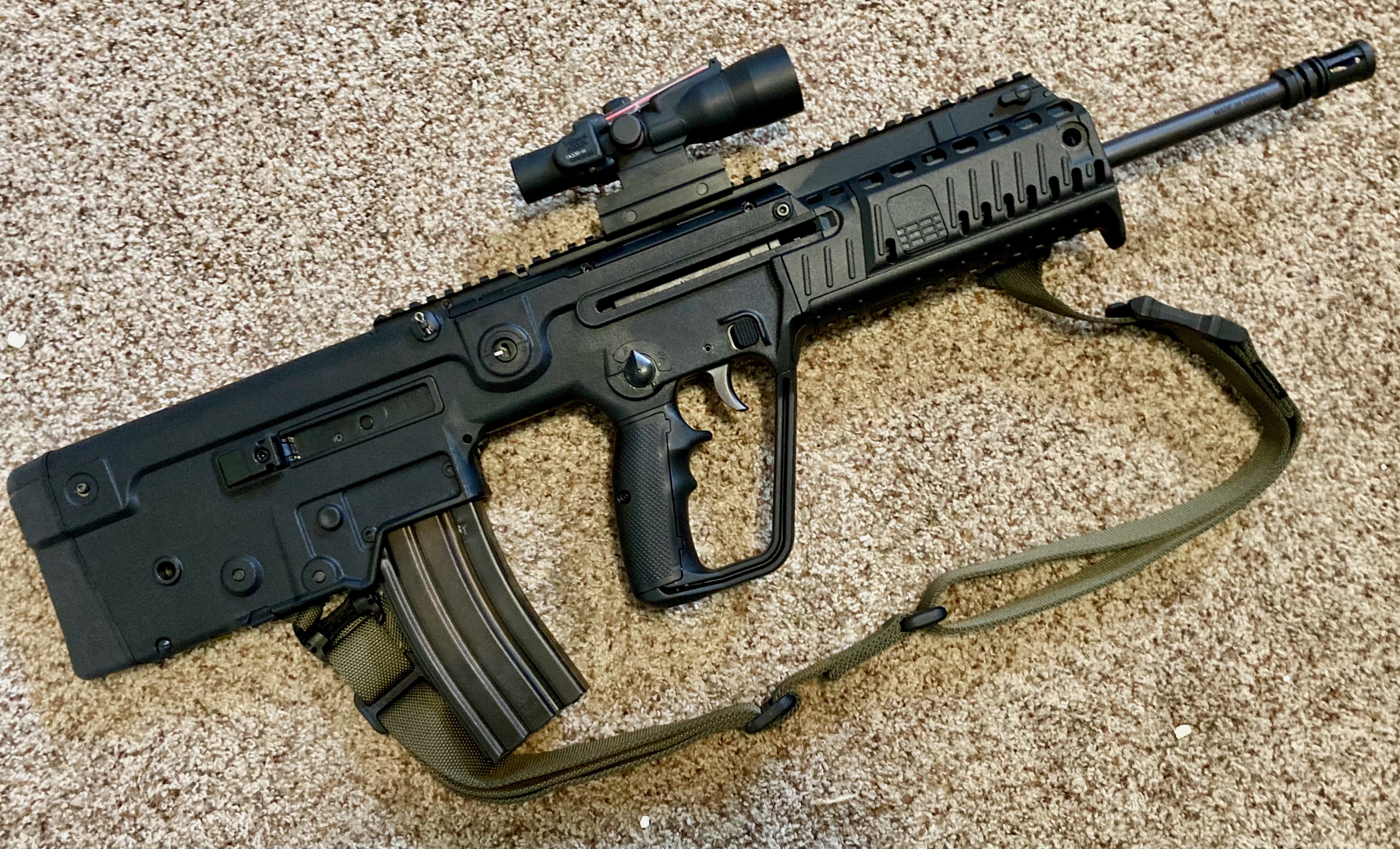
some more Jacinda bucks found a newthe fool known as res got locked out of his account so made this one
-
30-05-2021, 06:46 PM #8203
Original land pattern Brown Bess.
"Sixty percent of the time,it works every time"
-
31-05-2021, 01:14 AM #8204
what is this rifle @res2
can we get a pic of the other side ?
-
31-05-2021, 02:45 PM #8205Member

- Join Date
- Nov 2020
- Location
- Earth
- Posts
- 40
Similar Threads
-
Show me your knives
By moonhunt in forum Gear and EquipmentReplies: 2355Last Post: Yesterday, 08:03 PM -
Show us your lights
By Philipo in forum Gear and EquipmentReplies: 83Last Post: 15-12-2013, 10:15 PM -
who else is trying to refrain from new toys for the upcoming season?
By distant stalker in forum Game Bird HuntingReplies: 26Last Post: 09-05-2013, 07:26 PM -
Show us your mounts
By Spanners in forum HuntingReplies: 5Last Post: 28-06-2012, 07:27 PM -
Working vs. show
By Pointer in forum Trial, Pedigree and Bird DogsReplies: 32Last Post: 17-01-2012, 10:04 AM
Tags for this Thread
Welcome to NZ Hunting and Shooting Forums! We see you're new here, or arn't logged in. Create an account, and Login for full access including our FREE BUY and SELL section Register NOW!!





 20313Likes
20313Likes LinkBack URL
LinkBack URL About LinkBacks
About LinkBacks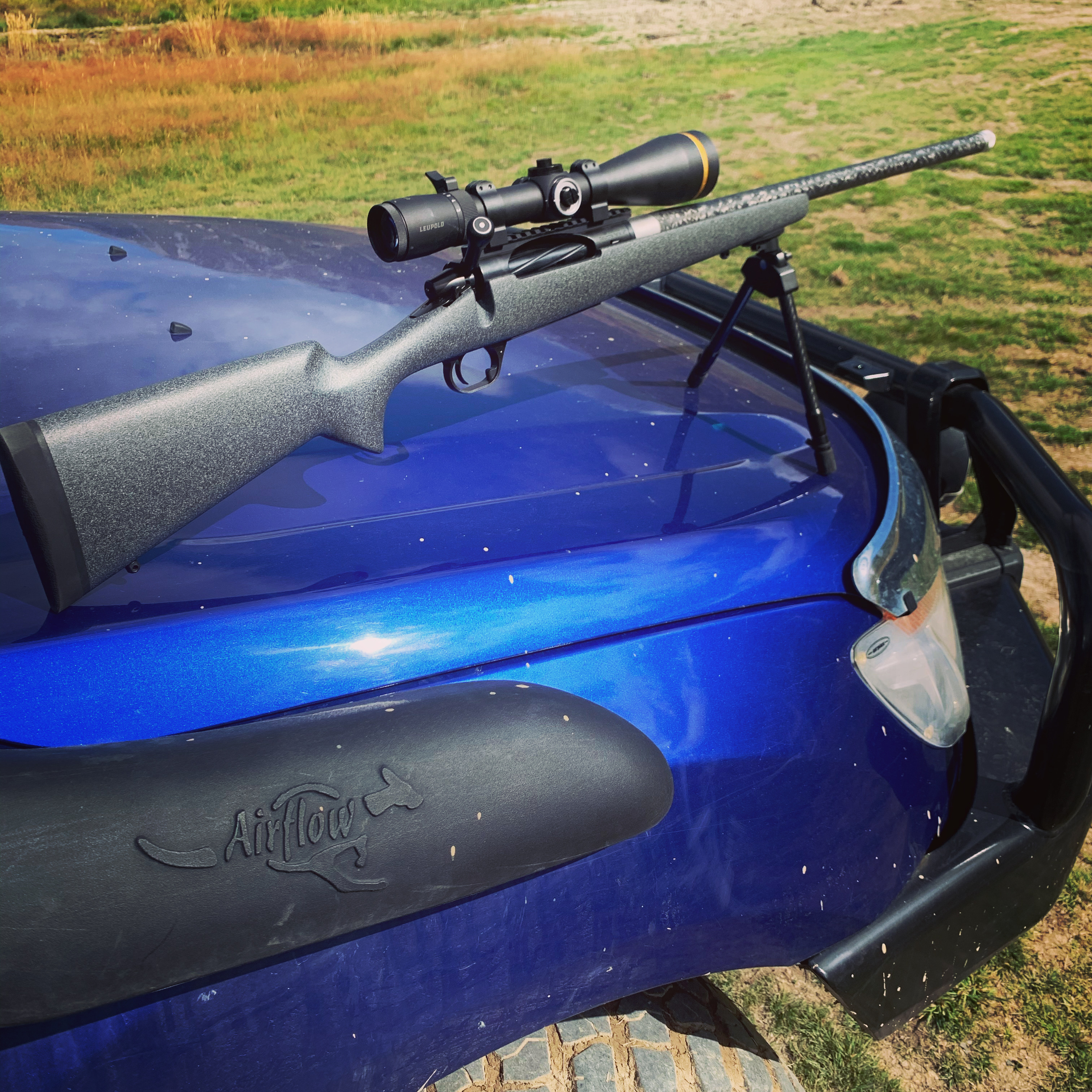




 Reply With Quote
Reply With Quote





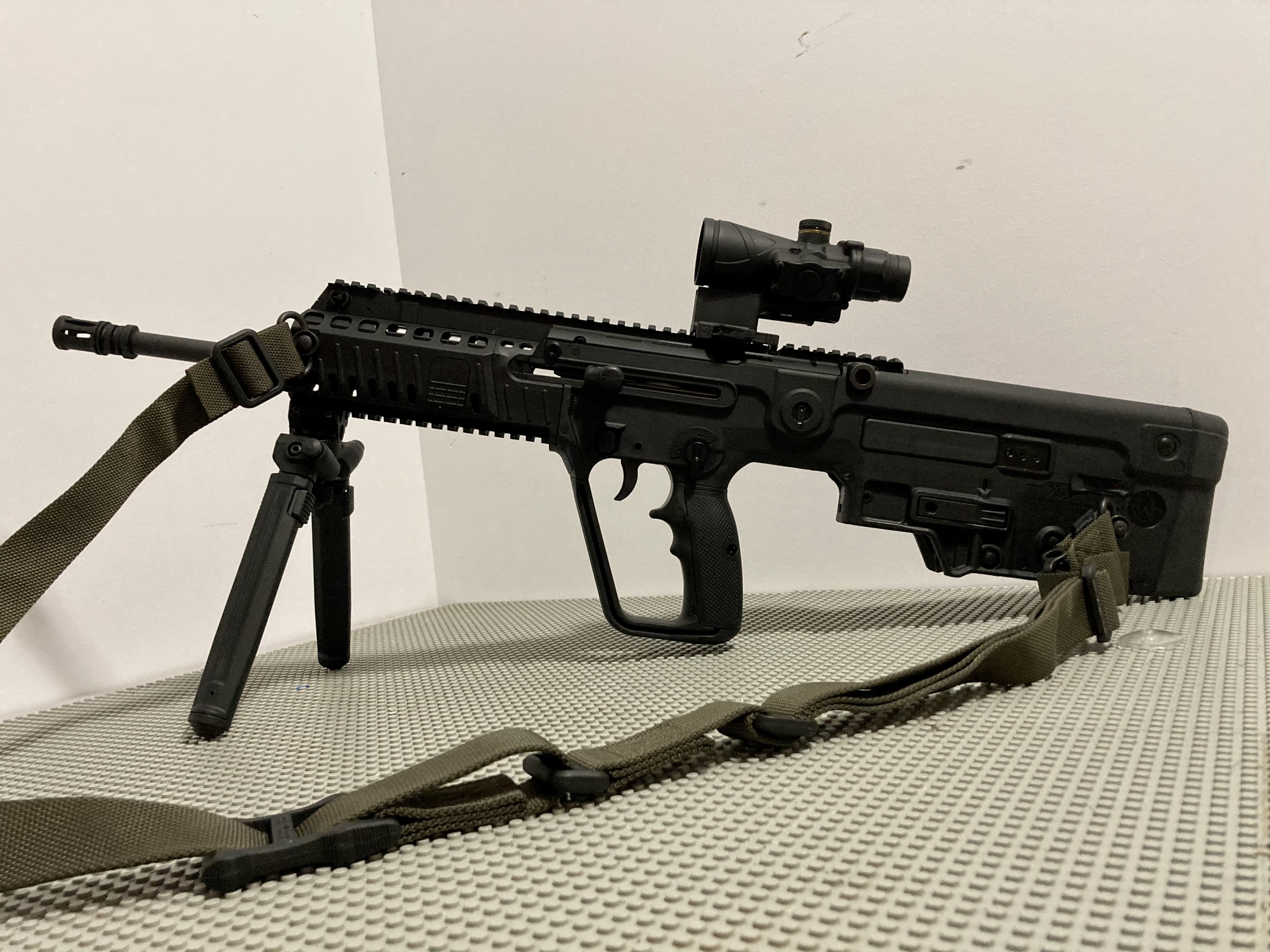



Bookmarks